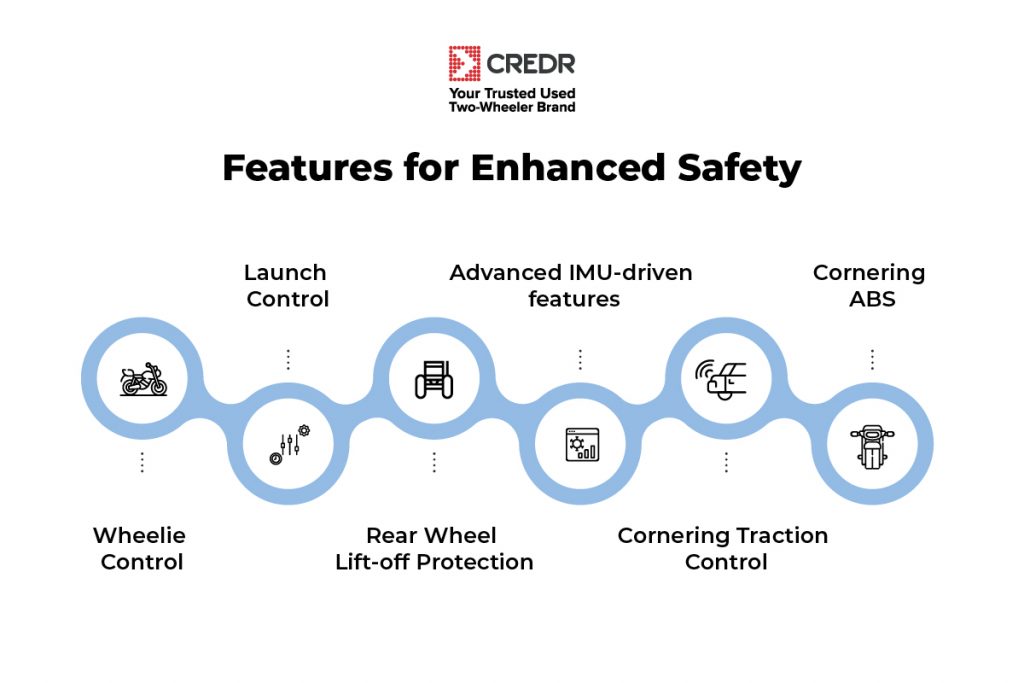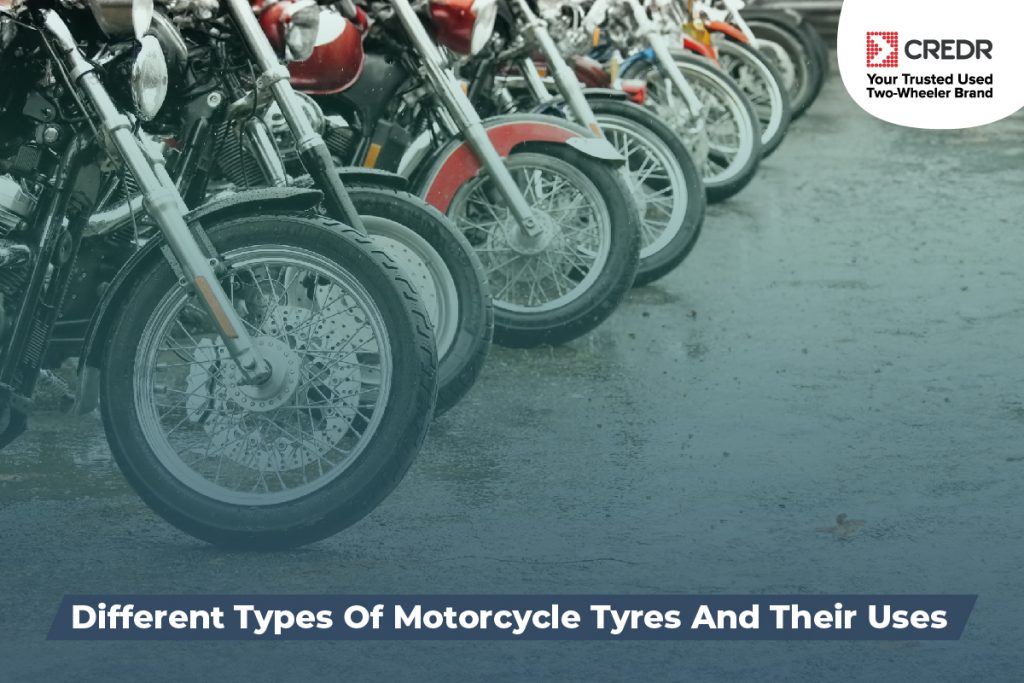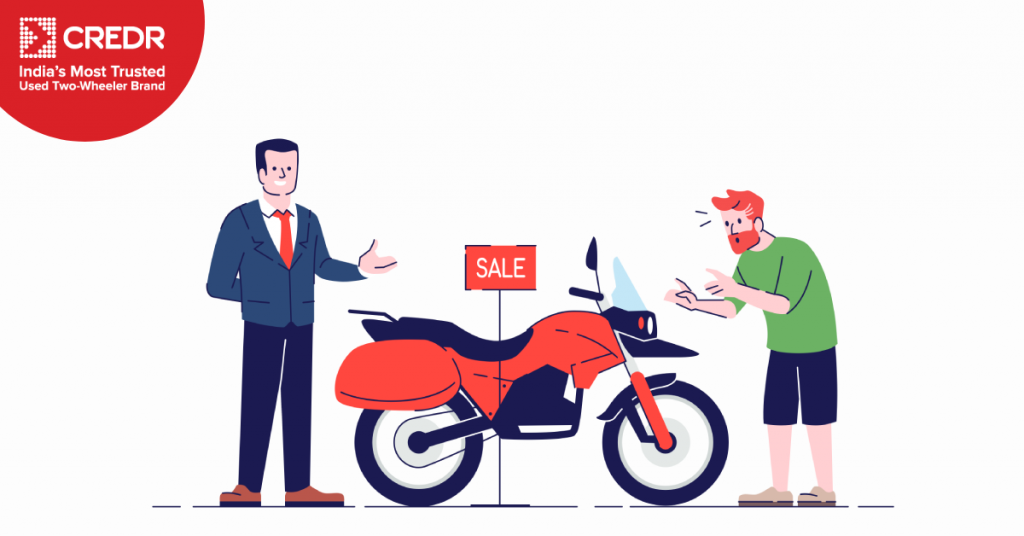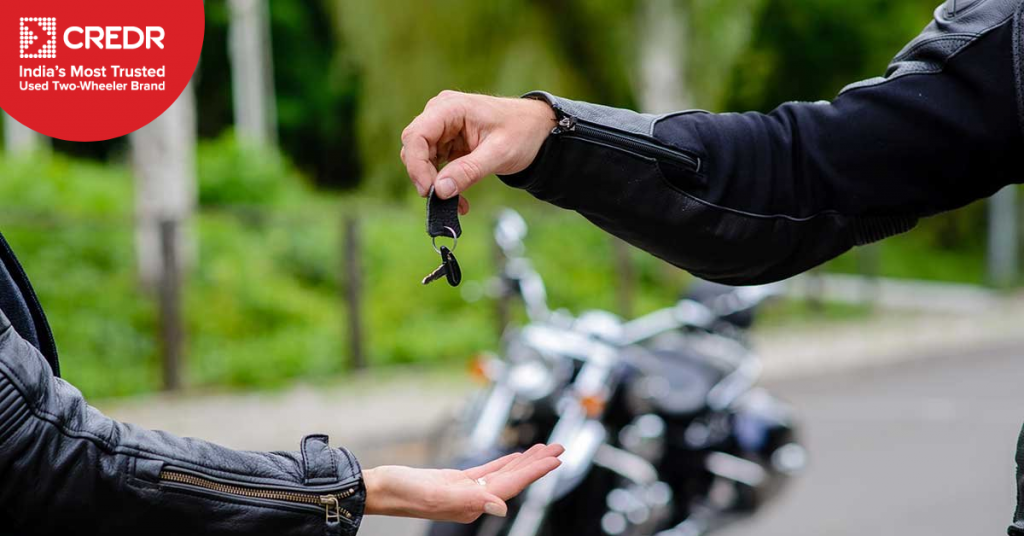Safety is paramount when it comes to motorcycle riding. While riding skills and adequate training are vital for safe riding, advancements in motorcycle technology aim to reduce the risks related to human error. Modern bike brands are going the extra mile to incorporate riding modes into their motorcycles to elevate the convenience and safety of riders.
Whether you prefer a comfortable or sporty ride, you can always choose a riding mode according to your riding style. Modern motorcycles deliver incredible mileage and allow the riders to alter the motorcycle’s riding dynamics as per road conditions.
The Engine Control Module of a bike offers a varied mix of riding modes by controlling major parts like traction control, engine, brakes, and suspension. Also, the ECU comprises different engine power maps for each mode. Riding modes can also modify the suspension stiffness, traction control, ride feel, and throttle response.
Get ready to ride a single motorcycle in numerous ways. You’ll have to press the right button on the bike’s handlebar. Bikes from leading manufacturers like KTM, Triumph, BMW, and Honda are known for offering various riding modes. In this guide, we’ll understand the intricacies of different riding modes and look into a few electronic safety features.
Common Riding Modes And Their Functionalities
Some of the popular riding modes offered by bike manufacturers are as follows:
- Street Mode
Street mode allows the rider to cruise comfortably at controllable speeds. This mode prioritizes safety and helps to maximize the bike’s fuel efficiency. In the context of street mode, the ABS and the traction control are optimized by manufacturers to handle dry road conditions. However, the bike’s throttle response is set as standard.
Although the street/road mode offers fuel economy, the throttle is comparatively less responsive than other modes. The rider is more likely to get a slow response even if the throttle is pressed hard. Hence, a gradual increase in engine power helps to save more fuel.
Also Read: Exclusive Range of Top 20 Super Bikes: Great Mileage and Performance
- Rain Mode
Offering an excellent grip compared to other riding modes, the rain mode is perfect for riding in wet and slippery conditions. Rain mode offers earlier intervention than street mode to prevent loss of control and wheel slippage in wet conditions. So, it ensures maximum grip, optimal traction, and stability for two-wheelers in challenging weather conditions or wet roads. While the throttle responses and horse-power decrease in rain mode, the ABS and traction control get activated quickly.
- Dynamic/Sport Mode
Riders seeking a thrilling riding experience can reap the benefits of dynamic or sport mode. A quick throttle response offered by sport mode is ideal for sporty rides. The throttle/engine response improves immediately upon the activation of the sport mode. In sport mode, the suspension becomes stiff which improves responsiveness and stability.
It offers an engaging riding experience by controlling unwanted slippage and drifts. However, the ABS systems and traction control and ABS systems become less sensitive which leads to wheel slippage to some extent. Designed for spirited riding, sport mode offers improved agility and acceleration. Riders can still expect electronic assistance to some extent for improved safety.
- Enduro/Off-Road Mode
A few recent adventure motorcycles come with a new mode known as ‘off-road mode.’ This mode is designed for handling off-road terrain. Off-road mode also allows better acceleration along with a softer damping setup to absorb vibrations and shocks. The ABS systems and traction control are less sensitive than standard road mode, increasing the chances of drift and wheel slippage.
An aggressive throttle response improves the bike’s responsiveness in uneven off-road conditions. Advanced riders can use this mode to switch on and switch off the systems when required. Riders looking for more drift and less grip for adventurous riders should look no further than off-road mode. Besides, the off-road mode allows more wheel slippage and doubles wheel speed to boost the thrill and fun of off-road riding.
Also Read: Which are the most affordable Adventure bikes in India?

Features for Enhanced Safety
Let’s take a look at a few safety features that can be incorporated with different riding modes:
Wheelie Control: Wheelie Control can detect a power wheelie before its occurrence and works as per wheel speed sensors. For example, if the speed of the front wheel is decreasing gradually, and the rear wheel is still accelerating, the sensors categorize this even as a power wheelie. The sensors intervene at this point to reduce power.
Launch Control: Launch control offers quick acceleration after a standstill. It helps to limit the revs and minimize traction loss. Also, it accelerates forward movement by increasing the power optimally.
Rear Wheel Lift-off Protection: Rear wheel lift-off protection is mostly helpful when the front brake is pressed aggressively. It ensures the rear wheel from going upwards at the time of hard braking. A gyro sensor and a wheel speed sensor determine if the motorcycle is grounded properly on the road. In the case of a deviation, the sensors exert pressure on the bike’s front brake to ensure the rear end is on the road.
Advanced IMU-driven features: An IMU helps the motorcycle cope with complex situations by considering the bike’s lean angle. It helps the bike improve the machine’s stability by making decisions per the bike’s angle. The IMU further includes two notable features the Cornering ABS and Cornering Traction Control:
Cornering Traction Control: Traction control ensures rider safety by focusing on power delivery. Cornering traction control brings lean sensitivity into the scenario and optimizes torque delivery by detecting the bike’s lean angle. This offers ample stability even in the context of less traction while improving security around bends.
Cornering ABS: Cornering ABS takes into account the lean angle and other factors to control braking activities. This feature is commonly known as lean-angle sensitive ABS.
Conclusion
Understanding the fundamentals and functionalities of riding modes allows riders to enjoy a thrilling, yet safe ride. In Cred, we provide all the details about the riding modes featured while buying a new bike from us. By adhering to safety tips, riders can mitigate risks associated with different riding conditions and unlock the bike’s full potential. Riding modes empower riders to conquer rugged trails or rain-soaked streets with control and confidence.




